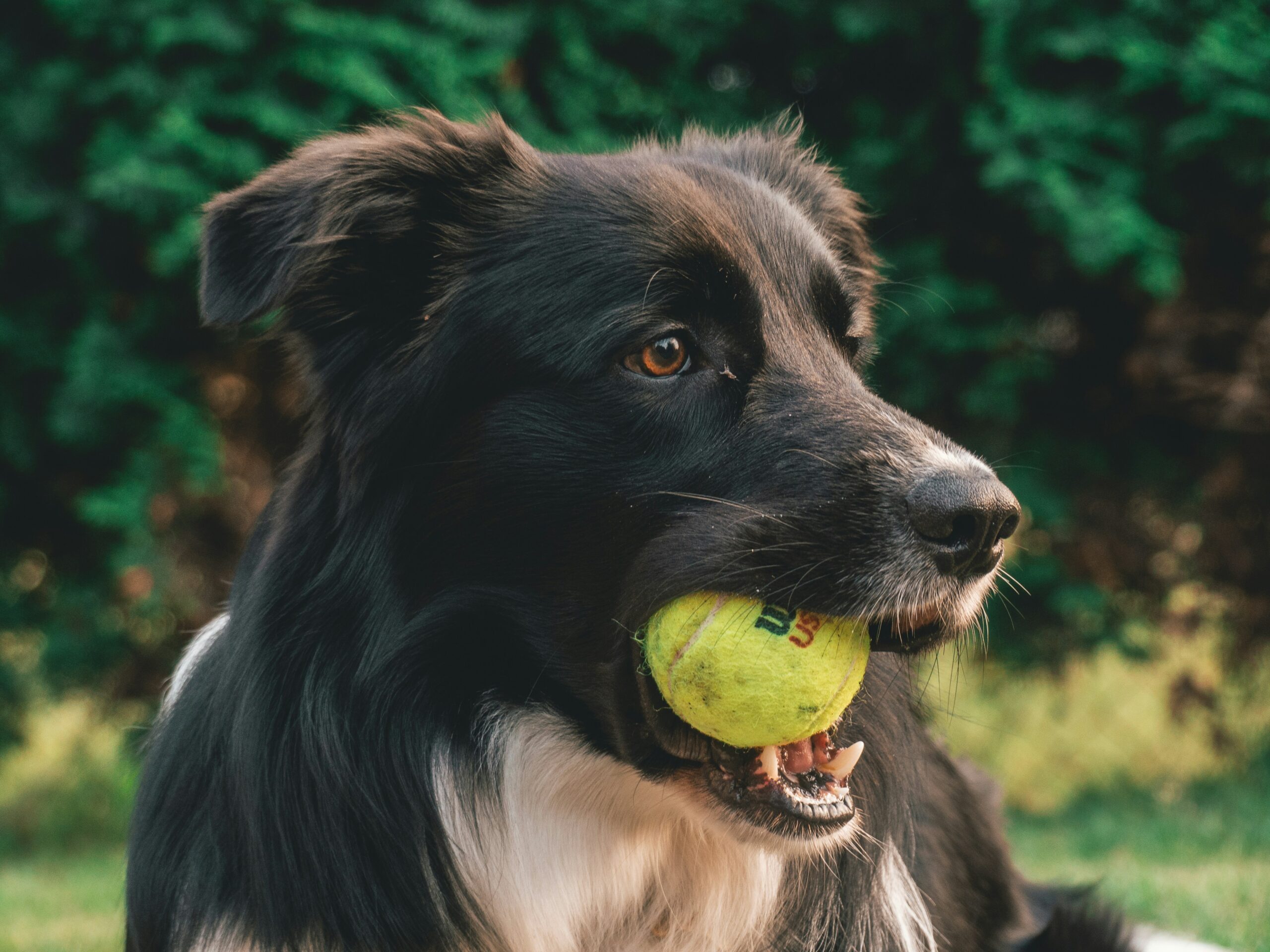What Do Dogs Remember? Unraveling the Mysteries of Canine Memory with Expert Insights

Have you ever wondered what goes on inside your dog’s mind? Do they remember their favorite toy from last year or that time they got scolded for chewing on your shoes? Since we can’t directly ask our furry friends what they remember, canine behaviorists and experts have developed theories to understand how dogs process and recall information. This blog explores these theories and gives you a deeper insight into what dogs might remember and why.
1. Understanding Canine Memory: How Does It Work?
Before diving into what dogs remember, it’s crucial to understand the basics of canine memory and how it differs from human memory.
Types of Memory in Dogs
Dogs, like humans, have different types of memory that help them navigate their world:
- Short-Term Memory (STM): This type of memory allows dogs to retain information for a brief period, usually seconds to minutes. It’s what enables them to remember commands or the location of a hidden treat.
- Long-Term Memory (LTM): This type involves storing information for extended periods, potentially throughout their lifetime. It is responsible for remembering their owner’s face, the route to their favorite park, or the sound of the treat jar opening.
- Associative Memory: Unlike humans, who rely heavily on episodic memory (recalling specific events in detail), dogs primarily use associative memory. This means they remember people, places, or objects based on their associations with feelings, experiences, or outcomes.
Supporting Evidence: Studies in canine cognition suggest that while dogs may not remember specific events (like we do with episodic memory), they are incredibly adept at forming and recalling associations. For example, a dog may not remember the exact details of a past walk but will remember that a specific park is associated with fun and excitement.
2. What Do Dogs Actually Remember? Key Areas of Canine Memory
Now that we understand the types of memory dogs have, let’s explore what they remember most effectively.
A. Routine and Daily Activities
- Familiar Routines: Dogs thrive on routine and quickly learn daily patterns. They remember the timing of meals, walks, and playtime, often reminding their owners if the routine changes.
- Location Memory: Dogs have an excellent spatial memory. They can remember the layout of their home, the route to their favorite walking spot, and even where they last saw a hidden toy.
Supporting Evidence: Research shows that dogs have a strong ability to remember spatial locations and can navigate using memory. This ability is particularly evident in guide dogs, who must remember complex routes and safely guide their handlers through them.
B. People and Relationships
- Recognizing People: Dogs remember people, especially those they have formed strong bonds with. They use a combination of visual cues, scent, and sound to recognize and remember their owners, family members, and even frequent visitors.
- Emotional Memory: Dogs are capable of remembering people based on the emotional experiences associated with them. For example, they may have a strong positive reaction to someone who regularly brings them treats or plays with them.
Supporting Evidence: Studies have shown that dogs can remember human faces and voices, and they react differently based on their experiences with each person. This suggests a strong capability for emotional and associative memory.
C. Training and Commands
- Command Recall: Dogs can remember training commands and cues long after they have been taught. This is often due to repetition and positive reinforcement, which helps cement the commands in their memory.
- Skills and Tricks: Dogs remember specific skills and tricks, especially if they are practiced regularly and rewarded. Even older dogs who haven’t performed a trick in years may recall it with a little prompting.
Supporting Evidence: Training studies demonstrate that dogs are capable of learning and retaining a variety of commands and skills, particularly when they are associated with rewards. This type of memory relies heavily on repetition and positive experiences.
D. Places and Experiences
- Places with Strong Emotional Ties: Dogs are likely to remember places where they had significant experiences, such as a vet’s office, a favorite park, or a past home. These memories can be positive or negative, depending on the associated experience.
- Travel Routes: Many dogs are capable of remembering travel routes to places they frequently visit, such as the way to a dog park or a friend’s house.
Supporting Evidence: Anecdotal evidence from dog owners and research in canine behavior indicates that dogs have strong spatial and environmental memories. They can recognize familiar places and react based on past experiences associated with those places.
E. Negative Experiences
- Fear-Based Memories: Dogs tend to remember negative experiences, especially those that caused fear or pain. For example, a dog that has been frightened by fireworks may have a long-term fear of loud noises.
- Avoidance Behavior: Dogs will often remember situations where they experienced discomfort or distress and will avoid similar situations in the future.
Supporting Evidence: Behavioral studies on dogs show that negative experiences can create lasting memories that influence future behavior. This is why training based on positive reinforcement is generally more effective than methods involving punishment or fear.
3. The Science Behind Canine Memory: What Research Tells Us
Recent studies have delved deeper into understanding canine memory, shedding light on how dogs process and recall information.
A. Memory Duration and Recall
- Short-Term Memory: Studies suggest that a dog’s short-term memory is much shorter than a human’s. While humans can hold onto short-term memories for about 30 seconds, dogs typically retain information for only a few seconds to a minute without reinforcement.
- Long-Term Memory: While short-term memory may be brief, dogs’ long-term memories are quite robust, especially for information that is regularly reinforced or tied to strong emotions.
Supporting Evidence: A study conducted by the Journal of Experimental Psychology found that dogs could remember a command or cue after several years without reinforcement, demonstrating the strength of their long-term memory.
B. Episodic-Like Memory in Dogs
- What is Episodic-Like Memory? Although dogs don’t have episodic memory in the same way humans do (recalling specific events in detail), they do exhibit episodic-like memory. This means they can remember the “what, where, and when” of certain experiences, although not with the detail or conscious awareness humans have.
- Examples of Episodic-Like Memory: A dog may remember where they hid a bone weeks ago or recognize a specific location where they encountered something novel or exciting.
Supporting Evidence: Research conducted at the MTA-ELTE Comparative Ethology Research Group in Hungary suggests that dogs have a form of episodic-like memory. They demonstrated this by showing that dogs could remember actions they were not explicitly trained to recall, indicating a form of recall beyond simple associative learning.
4. What Factors Influence a Dog’s Memory?
Several factors can influence what and how well a dog remembers information.
A. Repetition and Consistency
- Impact of Repetition: The more frequently a dog experiences something, the more likely they are to remember it. Repetition helps reinforce neural pathways, making the memory stronger.
- Consistency in Training: Consistent training with clear commands and regular practice helps ensure that a dog remembers commands and routines effectively.
Supporting Evidence: Training experts agree that consistent repetition is key to helping dogs remember commands and behaviors. The principle of reinforcement in behavioral psychology explains why regularly practicing a behavior increases the likelihood of retention.
B. Emotional Impact
- Strong Emotions Create Strong Memories: Experiences that evoke strong emotions, whether positive or negative, are more likely to be remembered by dogs. For instance, a dog is more likely to remember a visit to the vet (which may be stressful) than a routine walk.
- Positive Reinforcement: Positive experiences are remembered fondly and can encourage repeat behaviors. A dog that associates a certain place or person with positive experiences will remember and seek out those experiences.
Supporting Evidence: Emotional experiences have a significant impact on memory retention, not just in dogs but across species. This is why trainers emphasize positive reinforcement techniques, which create positive emotional associations with training commands.
C. Breed and Genetics
- Breed-Specific Traits: Some breeds are known for their strong memory and intelligence, such as Border Collies, Poodles, and German Shepherds. These breeds tend to learn and retain commands more quickly than others.
- Genetic Predispositions: Genetics play a role in a dog’s cognitive abilities, including memory. Dogs bred for certain tasks (e.g., hunting, herding) often have better memory skills related to those tasks.
Supporting Evidence: Studies on canine genetics suggest that certain breeds have a natural predisposition to enhanced memory and cognitive functions, often linked to the tasks they were historically bred to perform.
D. Age and Health
- Impact of Age: As dogs age, their cognitive abilities, including memory, can decline. Senior dogs may have trouble remembering commands or routines that were once familiar to them.
- Health Factors: Health issues, particularly those affecting the brain (such as cognitive dysfunction syndrome in older dogs), can impact memory and learning ability.
Supporting Evidence: Research in veterinary science shows that cognitive decline in older dogs is common and can affect memory. Proper diet, mental stimulation, and veterinary care can help maintain cognitive health in aging dogs.
5. How to Enhance Your Dog’s Memory and Learning Abilities
While dogs naturally have good memory skills, there are ways to enhance their memory and learning capabilities.
A. Engage in Regular Training
- Consistency is Key: Regular training sessions help reinforce memory. Even practicing simple commands daily can help improve your dog’s memory retention.
- Variety in Training: Mix up training routines to keep your dog engaged and mentally stimulated, which can aid in memory.
B. Use Positive Reinforcement
- Reward-Based Training: Using treats, praise, or play as a reward encourages dogs to remember commands and behaviors. This approach creates positive associations and reinforces memory.
- Avoid Negative Reinforcement: Negative reinforcement or punishment can lead to fear and anxiety, which can negatively impact a dog’s ability to remember.
C. Provide Mental Stimulation
- Interactive Toys and Puzzles: Engage your dog with interactive toys and puzzles that challenge their brain and encourage problem-solving.
- Learning New Tricks: Continually teaching new tricks or commands keeps a dog’s brain active and helps improve their cognitive functions, including memory.
D. Ensure Proper Nutrition and Health Care
- Balanced Diet: A diet rich in essential nutrients supports overall brain health and cognitive function.
- Regular Vet Visits: Regular veterinary check-ups can help detect and manage health issues that might impact memory and cognitive function.
Conclusion: The Mystery of Canine Memory
While we may never fully understand what dogs remember, research and expert theories give us valuable insights into their memory and cognitive abilities. Dogs may not recall events with the same detail humans do, but their associative and emotional memories are strong and impactful. By understanding how canine memory works, we can better cater to their needs, provide effective training, and enhance their overall well-being.
Remember to treasure each moment with your furry friend—they are likely to remember more than you think!




